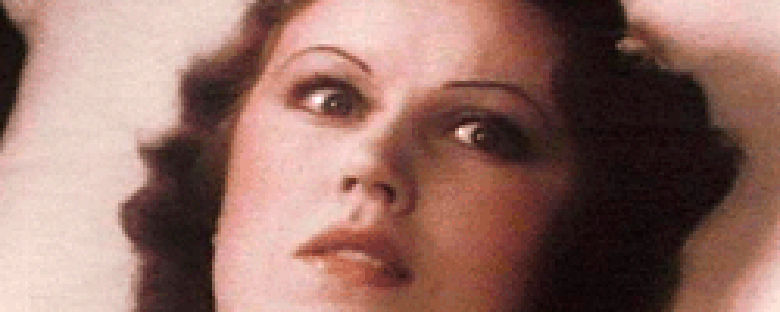Reviews
Michael Curtiz
USA, 1932
Credits
Review by Matt Bailey
Posted on 06 October 2004
Source Turner Classic Movies Broadcast
Related articles
features: October: 31 Days of Horror
Murder mysteries, chillers, and doctor stories--Variety stated in 1932 that all of these kinds of films were enjoying great popularity at the time. By that token, Warner Bros. must have felt awfully lucky in August of that same year when they released a film, Doctor X, that was a little bit of all three starring Fay Wray (who, for most of the film, appears dressed in one kind of negligee or other). The film, with its mish-mash of boy-meets-girl and mad-scientist-tries-to-kill-girl is definitely a product of its time as well as a reaction to the popularity of horror films in general after Universal Studios’ 1931 one-two punch of Dracula and Frankenstein. Although Warner Bros. had attempted to catch up to the horror craze with previous films like Svengali and The Mad Genius, Doctor X would be their first concerted effort to make a horror film that was unlike any other horror film ever seen. And it was.
Doctor X began life as a minor three-act, so-called “comedy-mystery” play entitled The Terror by Howard W. Comstock and Allen C. Miller. In order to avoid confusion with another play with the same title (not to mention a possible lawsuit), the producers of The Terror changed the name of the work to Doctor X after the main character, Dr. Xavier. A moderate success, the play was picked up for adaptation by Warner Bros. The screenwriters assigned to the picture amplified the horrific elements of the story and created a monster out of a previously run-of-the-mill killer. The following description of the film's villain is from a draft of the screenplay:
The killer [is] a gaunt, bent figure in a long black cape and a wide brimmed hat. The few glimpses one is permitted to catch of this creature’s face show a large, horrible and bulging pig-like head with two cruel and fiery little eyes set on either side of a big snarling nose. The ears of this repulsive thing are small and pointed and set high on its frightful rolling head. Powerful and grotesquely misshapen hands dangle at this monster’s side when they are not fumbling over its thick and gibbering lips, lips that continually make a clucking sound like that of some wild beast of prey devouring warm flesh.
In an attempt to differentiate the new property from the horror films of other studios, the producers of the film made the decision to produce their creep-fest in the relatively new two-color Technicolor system and persuaded Natalie Kalmus, the color director at Technicolor, to work with them on developing a color scheme that would enhance the mysterious atmosphere they wished to create for the film. Kalmus created a new palette of colors specifically for use in Doctor X, colors that would be “mysterious, [and] spooky,” according to a contemporary article in American Cinematographer. The studio also asked Ray Rennahan, a pioneer in color cinematography, to supervise the photography on the film. As a result, the film moves away from the garish reds and greens that had come to dominate early color films toward a muted mixture of deep aquas, grays, and browns. To take further advantage of the use of color, Warners assigned Anton Grot, their resident master of fantastic set design, to create elaborate sets full of wild and dangerous-looking electrical contraptions arranged in dark and cavernous interiors. The result was a set that looked as futuristic as it did unstable. The entire look of the film is unforgettably odd.
Doctor X is not the most frightening or memorable horror film to come out of the 1930s, but it is inventive in its early and idiosyncratic use of color and in its remarkable set design. A sequel was made a few years later starring a very uncomfortable-looking Humphrey Bogart, but it is now best forgotten.
We don’t do comments anymore, but you may contact us here or find us on Twitter or Facebook.



